Deck & Commander Strategies

Daretti, Scrap Savant
Artifact-centric deck focused on ramping quickly with artifacts, recurring key pieces via Crucible of Worlds, and controlling the board with artifact synergy. The deck aims to generate value from artifacts and grind out opponents with incremental advantage.
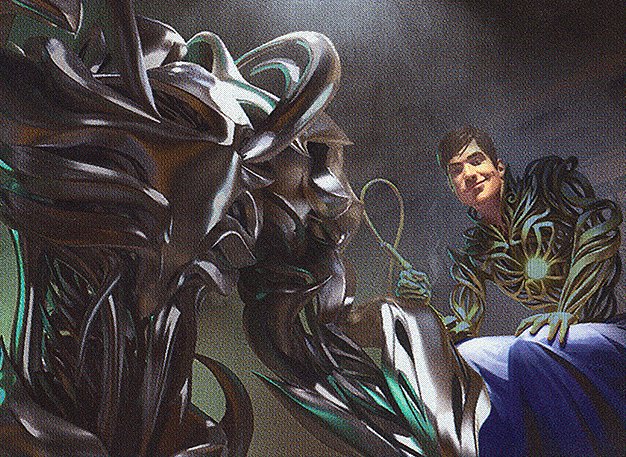
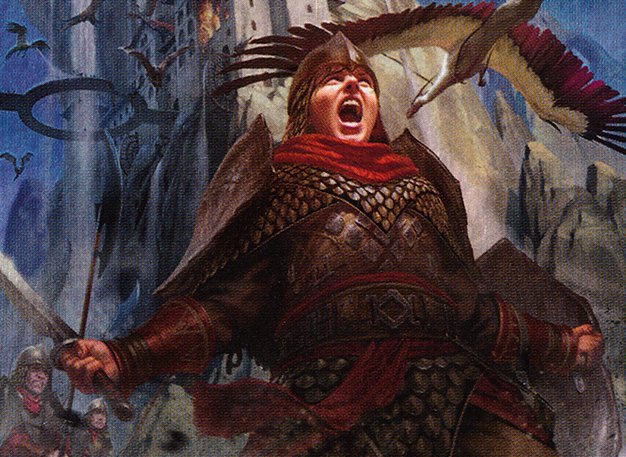
Silas Renn, Seeker Adept (partnered with Reyhan, Last of the Abzan)
A +1/+1 counter manipulation deck that uses Reyhan to move counters between creatures and Silas to equip and protect key creatures. The deck uses sacrifice and recursion synergies to maintain pressure and board presence.

Rienne, Angel of Rebirth
Token and creature recursion focused deck leveraging Congregation at Dawn and Rhianne to sustain continuous creature presence. Uses sacrifice outlets like Perilous Foray to find lands and combo with multicolor creature synergies.
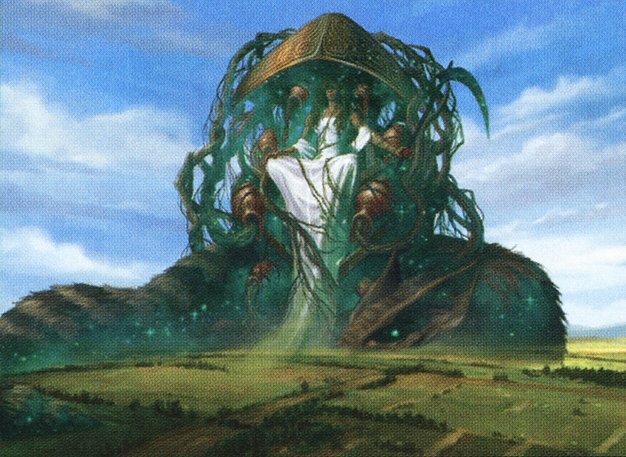
Karametra, God of Harvests
Ramp-heavy deck focused on accelerating mana through lands and creatures to cast powerful planeswalkers and spells. Uses populate effects from Carn's Bastion and Doubling Season to build an overwhelming board of tokens and planeswalker emblems.

Reyhan, Last of the Abzan
Paired with Silas Renn, this deck focuses on moving +1/+1 counters to create large, resilient creatures. It employs sacrifice and recursion to maintain board state and uses equipment and counter synergies to dominate combat.
Gameplay Insights
- 1
Daretti's use of Crucible of Worlds allowed repeated land drops from the graveyard, sustaining mana development after board wipes.
- 2
Nick's Rhianne deck capitalized on sacrificing creatures with Perilous Foray to fetch lands and recur creatures using Rhianne's delayed triggers.
- 3
Max's Karametra deck leveraged planeswalker synergy with Doubling Season and Carn's Bastion to rapidly build loyalty and token advantage.
- 4
The overloaded Winds of Abandon from Max served as a pivotal board wipe, clearing most opponents' creatures and shifting board control.
- 5
Silas and Reyhan's counter and equipment synergy allowed them to maintain pressure through incremental counter redistribution and creature buffs despite heavy board interaction.
- 6
Board wipes and sacrifice effects significantly slowed down artifact and creature-based strategies, emphasizing the importance of recursion in this game.
- 7
Players carefully managed their resources between aggressive attacks and defensive plays, with multiple creatures being sacrificed strategically to maintain tempo.
Notable Cards
-
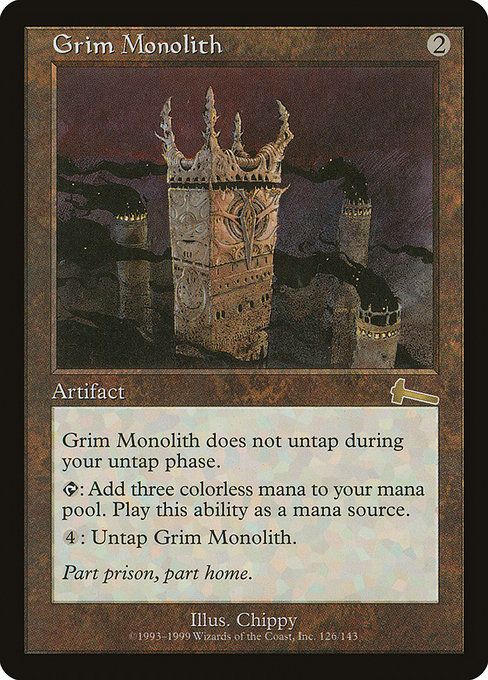
Grim Monolith
-
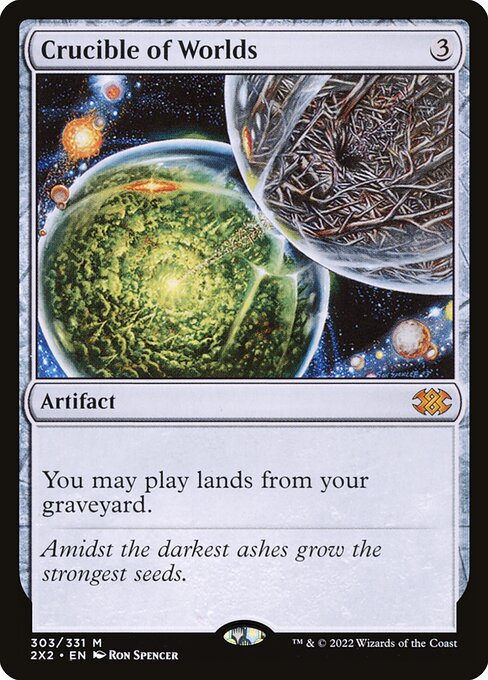
Crucible of Worlds
-
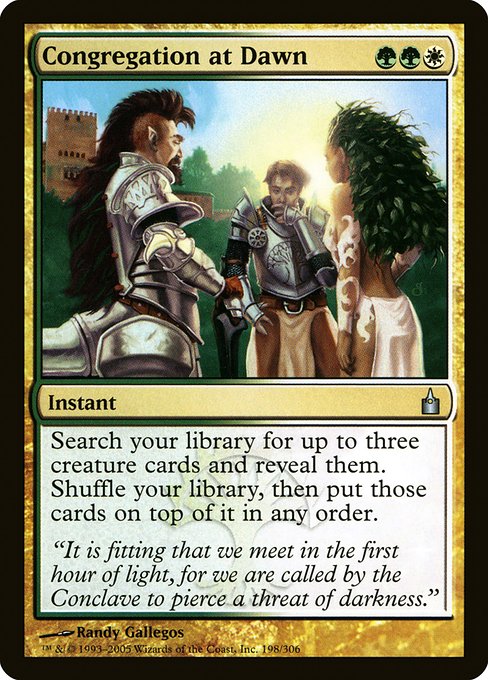
Congregation at Dawn
-
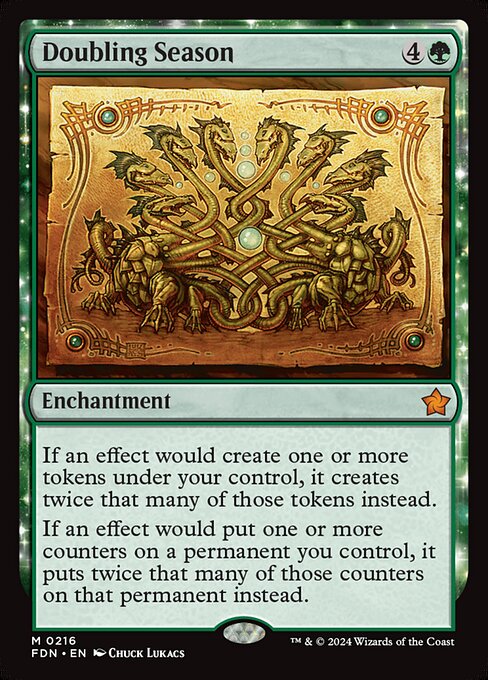
Doubling Season
-
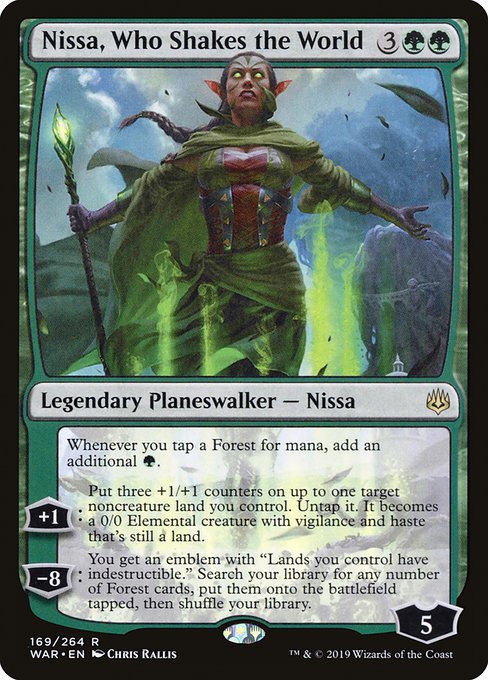
Nissa, Who Shakes the World
-
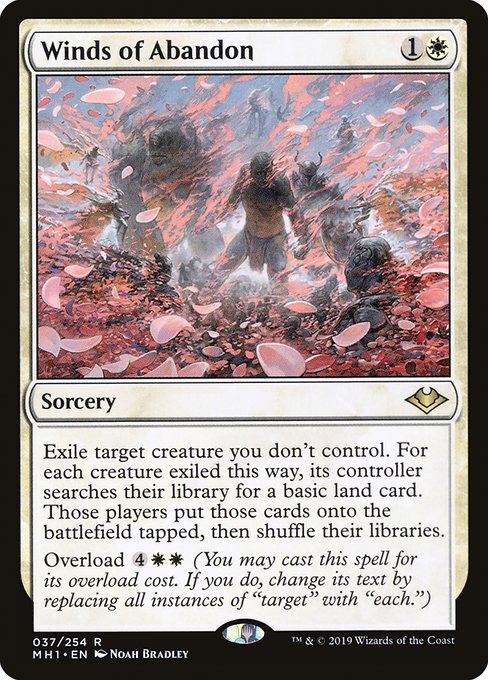
Winds of Abandon
-
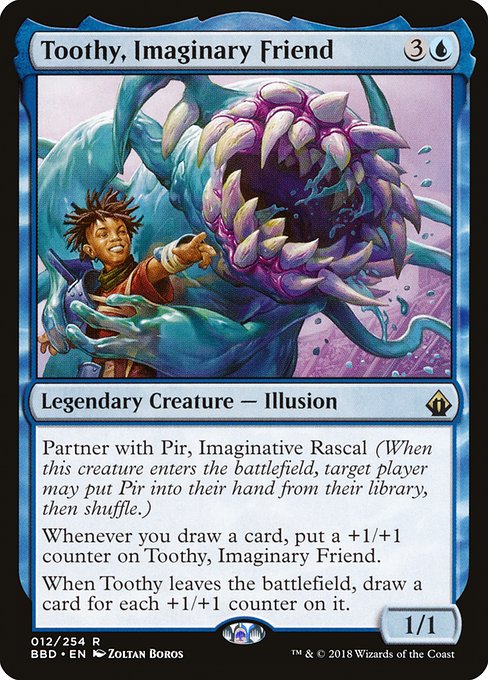
Toothy, Imaginary Friend
-

Oracle of Mul Daya
-
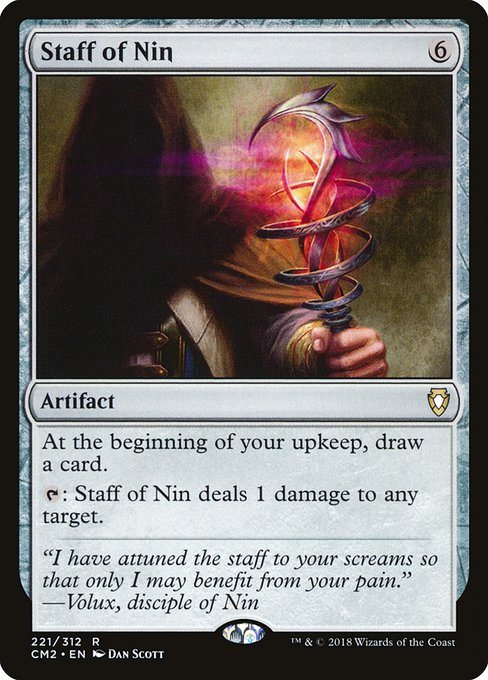
Staff of Nin
-

Empowered Autogenerator
Gameplay Summary
The game began with each player setting up their board with ramp and early creatures, establishing their respective strategies.
Daretti focused on artifact synergy and recursion, leveraging cards like Grim Monolith and Crucible of Worlds to maintain board presence despite early aggression.
Silas Renn combined with Reyhan enabled powerful counter manipulation and token generation, while Rienne used Congregation at Dawn and Rhianne to maintain a steady stream of creatures and pressure.
Karametra ramped heavily into powerful planeswalkers like Nissa, Who Shakes the World, and used populating tokens via Carn's Bastion and Doubling Season to amass a formidable board state. A major turning point occurred when Max (Karametra) established a dominant board state with Nissa and multiple emblems from planeswalkers, culminating in an overloaded Winds of Abandon that cleared opponents' creatures.
Meanwhile, the artifact-heavy decks struggled to keep pace as board wipes forced sacrifices, but Daretti consistently recovered using Crucible of Worlds and replays.
Nick's Rhianne deck took advantage of creature deaths via Perilous Foray and recurring creatures to maintain resources.
The game featured significant interactions around graveyard recursion, counters, and board control, with players balancing aggression and defense.
Ultimately, the game highlighted the power of planeswalker synergies combined with token generation and resilience through recursion.
























![Silas & Dargo vs. Tormod & Reyhan [Duel Commander-EDH] - Magic: The Gathering thumbnail](https://i.ytimg.com/vi/cVj0BcrscFc/sddefault.jpg)




















